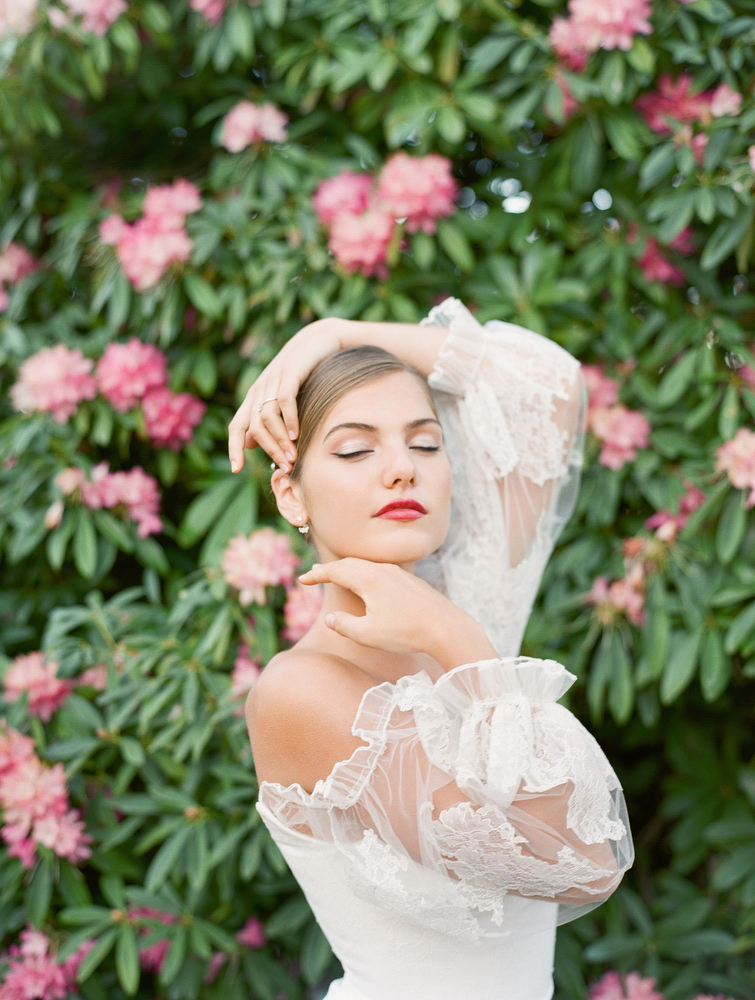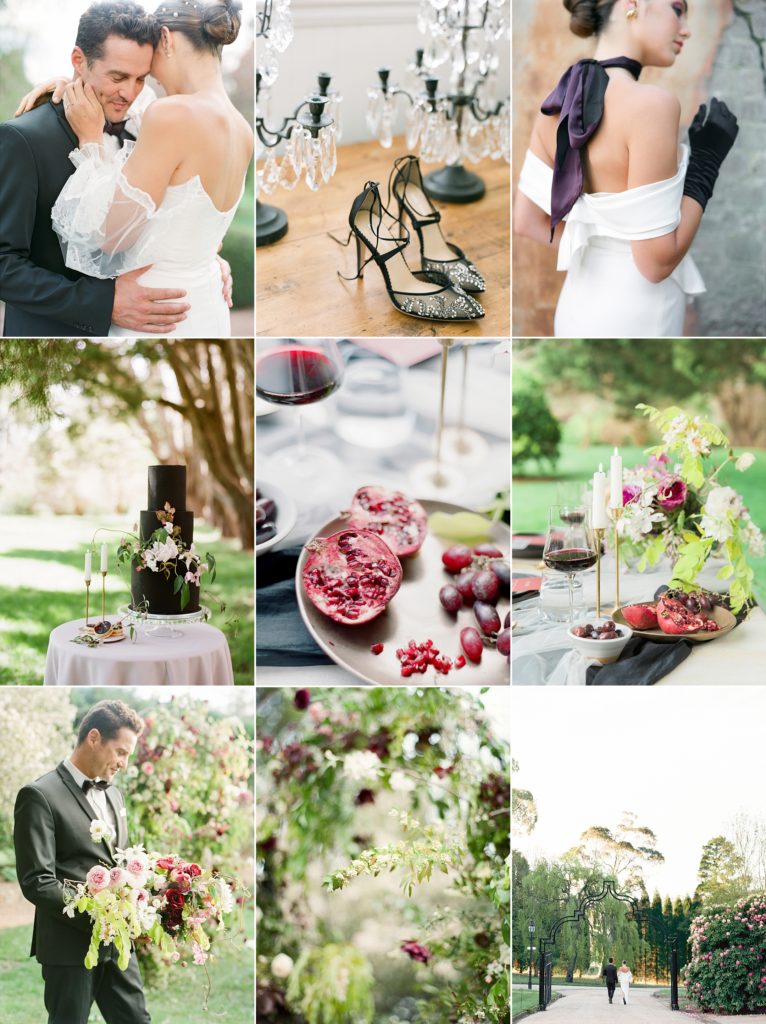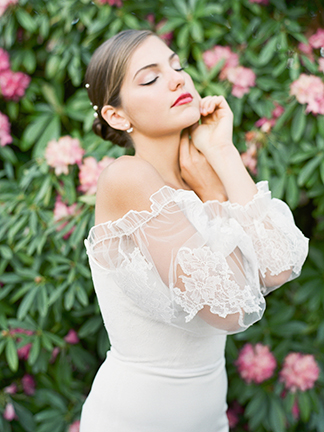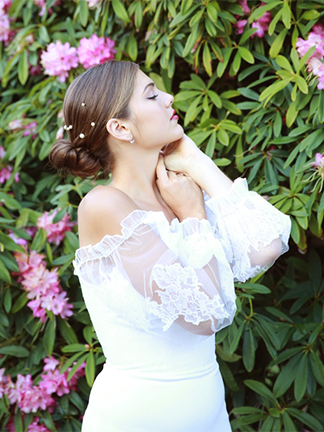The concept of film photography intrigues most of our clients. The most common misconception is confusing film with a form of video. Sometimes, when I turn up at a photo shoot and they see me rolling my film, they are in awe and feel that we have brought them back in time! So I thought I would write a post today about film photography to hopefully help everyone understand the why and the beauty behind my chosen vessel for unfolding your stories.

When I talk about film photography, it’s photography using film negatives, not video. Yes, it’s what our grandparents used to document our families a couple of decades ago! In fact, I use the same film camera that I used whilst I was still at university 17 years ago. I am so glad I kept it. It was my first camera.
Without trying to be too technical about it, the easiest way to explain why I capture images on film negatives is because of the extent of dynamic range it can capture effortlessly. From the darkest to the brightest parts of a scene. Have you ever seen your other half standing so beautifully in front of a sunset, then scratch your head wondering why the mental image you see and the photo you took on your phone look so different? Look at this example I found from a quick google search when finding a reference image about dynamic range. Notice the shadows and the lights areas.
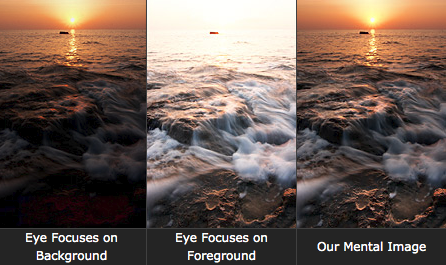
The scenario of the sunset portrait can be explained simply because the digital camera has a dynamic range ( we call this ‘stops’) that is significantly less that that of film. Something has to go.
To give you a rough idea of the ability of various mediums to capture a dynamic range… – A Compact Digital Camera 5-7 stops – A Digital SLR Camera 8-11 stops – The Human Eye up to 14 stops – Film Negatives 13 stops
As you can see, because of the ability of film to carry 13 stops – close to the human eye’s ability, it renders colours beautifully – especially skin tones.
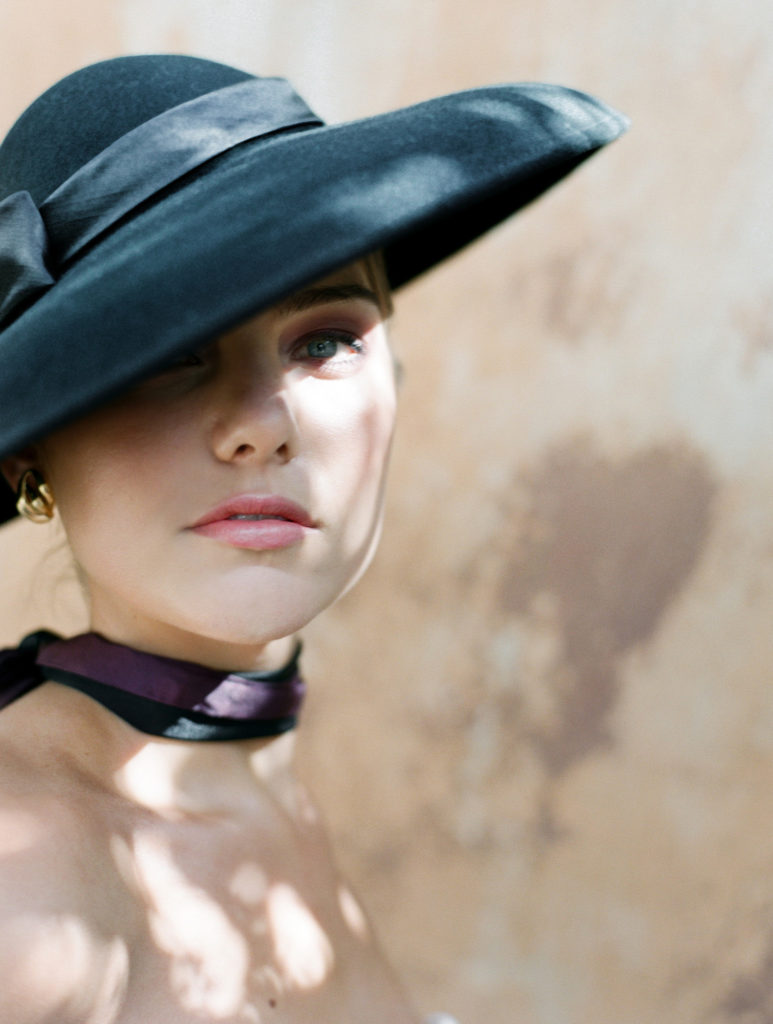
Observe her beautiful skin tones, and how we retain shadows in the dark areas whilst also retaining the sunspots without them blowing away into nothingness. The resulting portrait is also soft and real. It doesn’t feel plastic or cold. It has an organic, raw feel to it, which is attributed to the grains produced by the film emulsions. Almost imperfectly beautiful.
Here is another example. One is captured with film, the other one is captured on a digital SLR, and this is without editing. Observe how the details in her dress (where the bright parts of the image are) have been lost when I shot for the skin tones. If I underexpose the digital version to get nice details on the sleeves highlights – without editing – I might lose all the shadows details in the hair and the plants behind her.

Contax 645 / Fuji 400H 
Canon Digital 5D Mk 3
So now, let me share some of my most frequently asked questions during my consults. I hope it will bring some clarity!
- Can digital photographs look like film?
With the advancement of digital cameras, we can capture photographs in raw format and try to ‘mimic’ the film look… and yes, we can get pretty close! Though, there is a catch! Observe below:
Without a ‘guide’, there are a million ways to edit a digital image! There is no right or wrong when it comes to editing colours! An experienced film photographer would be able to ‘guess’ pretty close to real film colour rendering but it is almost impossible to get 100% match using solely our imagination.
